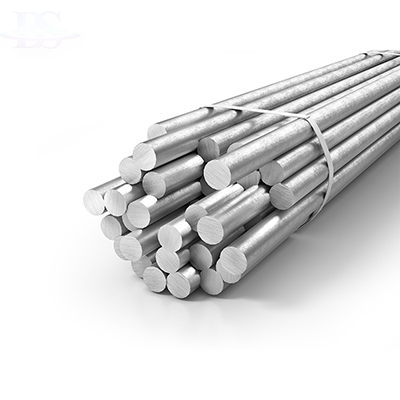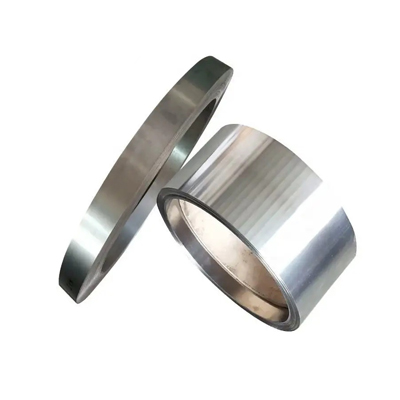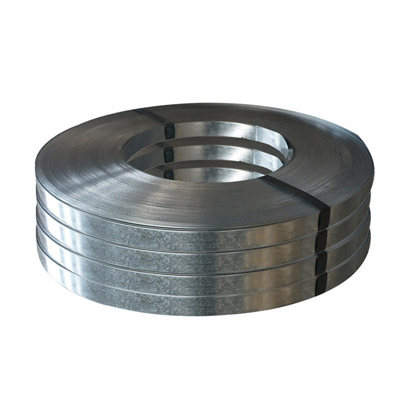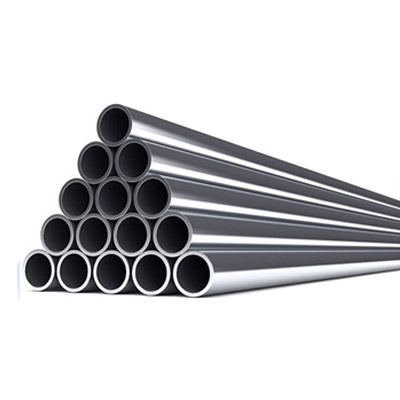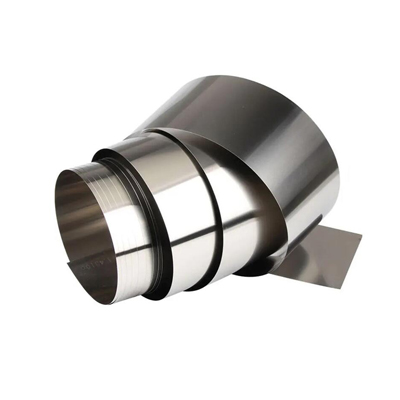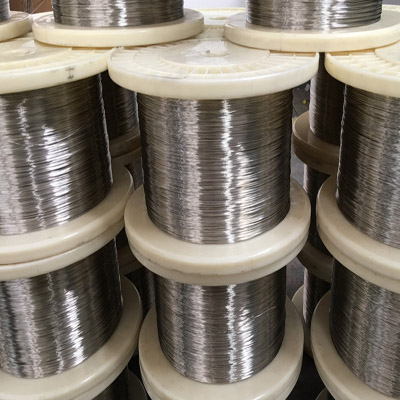Permalloy Alloy 80(1J79) /UNS N14080,GB/T 32286.1-2015 Bar Tube Pipe Wire
Overview
1J79 is a nickel-ferromagnetic alloy with a nickel content of about 80% and an iron content of about 20%. In 1914, Gustav Ehrmann, a physicist at Bell Telephone Laboratories, invented the alloy. Due to its high magnetic permeability, 1J79 is widely used as a magnetic core material for electrical and electronic devices, as well as a magnetic shielding material for shielding magnetic fields.
In commercial permalloy, its relative permeability is usually around 100,000, while the relative permeability of ordinary steel is only thousands. In addition to high permeability, 1J79 has other magnetic properties such as low coercivity, near zero magnetostriction, and significant anisotropic magnetoresistance. Low magnetostriction is very important for industrial applications because it allows 1J79 to be used in thin films that would otherwise result in large changes in magnetic properties under variable stress.
At 80% nickel concentration, Permalloy typically has a face-centered cubic crystal structure with a lattice constant of about 0.355 nm. However, one disadvantage of Permalloy is that it is not very malleable, so for applications requiring complex shapes, such as magnetic shielding, it is often made of other alloys with high magnetic conductivity, such as mu metal.
Nevertheless, 1J79 is still widely used in transformer pieces and magnetic recording heads. In addition, 1J79 is also widely used in the radio electronics industry, precision instruments, remote control and automatic control systems and other fields.
Limiting Chemical Composition, %
Nickel...................................................................................................................................................................................78.50-80.00
Molybdenum............................................................................................................................................................................3.80-4.10
Manganese..............................................................................................................................................................................0.60-1.10
Carbon......................................................................................................................................................................................0.03 max.
Copper......................................................................................................................................................................................0.20 max.
Iron........................................................................................................................................................................................13.03-16.60
Phosphorous............................................................................................................................................................................0.02 max.
Silicon.......................................................................................................................................................................................0.30-0.50
Sulfur.........................................................................................................................................................................................0.02 max.
Physical Constants
Density |
g/cm^3.................................................................................................8.6 |
Electrical resistivity |
at 20℃(Ωmm2/m)............................................................................0.55 |
Coefficient of linear expansion |
(20℃~200℃)X10-6/℃............................................................10.3-11.5 |
Saturation magnetostriction coefficient |
λθ/ 10-6...............................................................................................2.0 |
Curie point |
Tc/ ℃..................................................................................................450 |
Tensile Properties
Yield strength (MPa) |
Tensile Strength (MPa) |
Elongation A % |
150-980 |
560-1030 |
3-50 |
Heat treatment
Intermediate annealing: In order to eliminate all strain and return the alloy to a soft state suitable for further cold rolling or drawing, forming, bending or similar operations, annealing at 1020 to 1080 ° C for no more than 1 hour. Because high-nickel, high-permeability alloys readily absorb carbon, sulfur, oxygen, and other contaminants from combustion furnace gases, annealing should be carried out in dissociated ammonia, hydrogen, vacuum, or inert gas atmospheres during the process.
Final annealing: In order to obtain maximum softness and best magnetoelectric properties, the cold-deformed 1J79 alloy should be annealed at 1180 ° C for 3 to 5 hours in an oxygen-free dry hydrogen atmosphere with a dew point below -40 ° C, and then tempered.
Oil, grease, paint and all other contaminants must be removed before annealing. During hydrogen annealing, the individual parts should be separated by inert insulating powders such as magnesium and alumina.
Vacuum heat treatment can be used, but it usually results in a loss of magnetism compared to heat treatment in a dry hydrogen atmosphere.
Available Forms
● Strips & Tape
● Wire & Welding
● Pipe & Tube
● Sheet & Foils
● Flanges & Forgins
description2



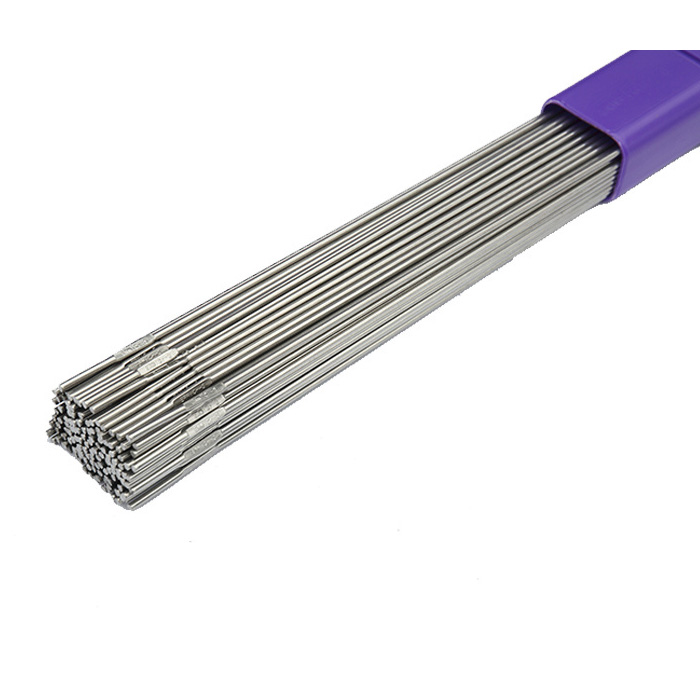 Inconel 625
Inconel 625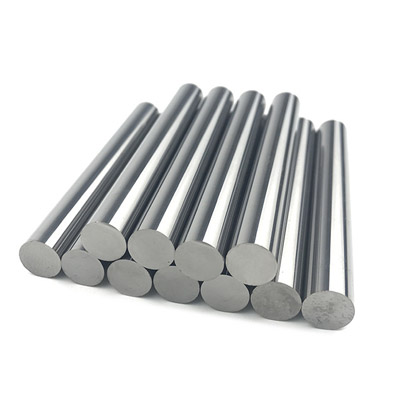 Inconel 718
Inconel 718 Inconel 725
Inconel 725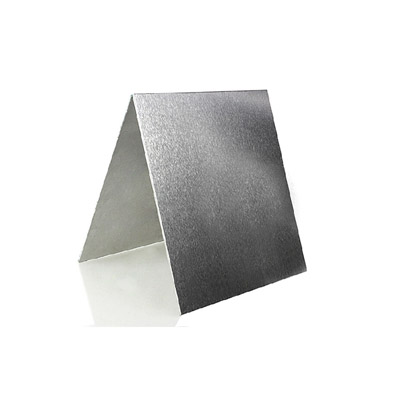 Inconel X-750
Inconel X-750 Inconel 690
Inconel 690 Inconel 617
Inconel 617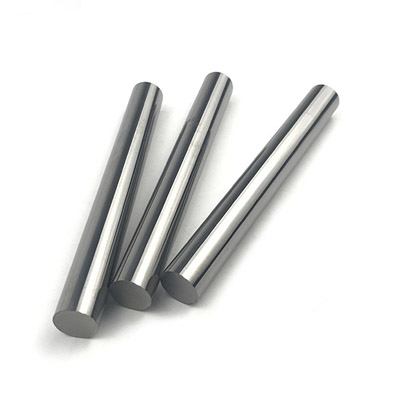 Inconel 601
Inconel 601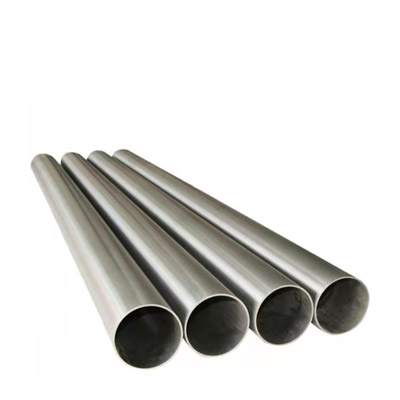 Inconel 600
Inconel 600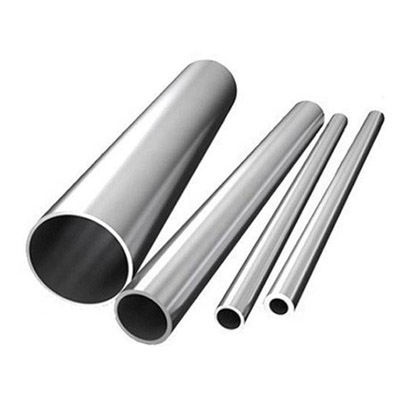 Inconel 686
Inconel 686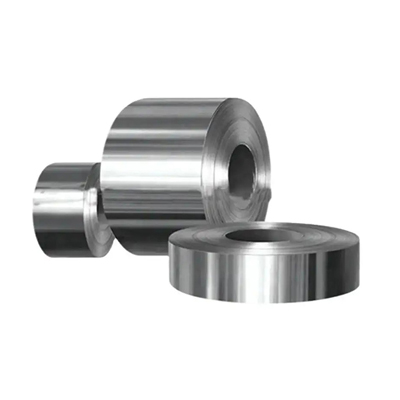 Inconel 602CA
Inconel 602CA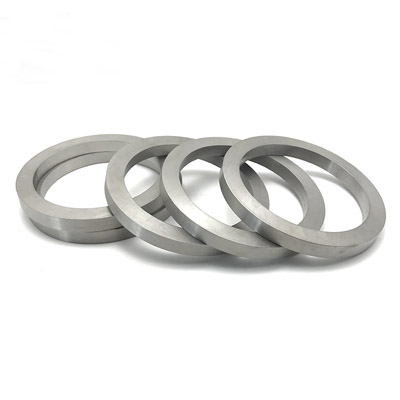 Incoloy A-286
Incoloy A-286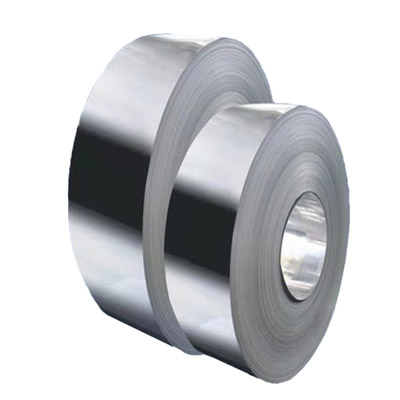 Incoloy 825
Incoloy 825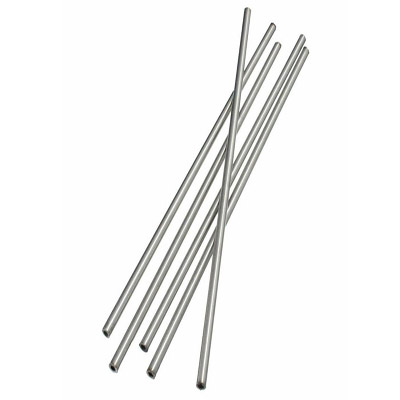 Incoloy 925
Incoloy 925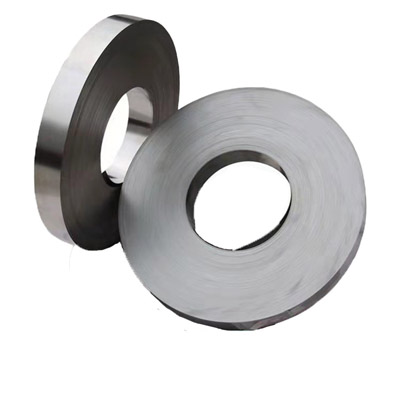 Incoloy 926
Incoloy 926 Incoloy 800
Incoloy 800 Incoloy 800H
Incoloy 800H Incoloy 800HT
Incoloy 800HT Incoloy 909
Incoloy 909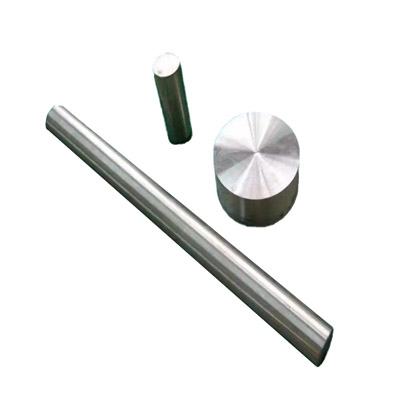 Incoloy 31
Incoloy 31 Incoloy 901
Incoloy 901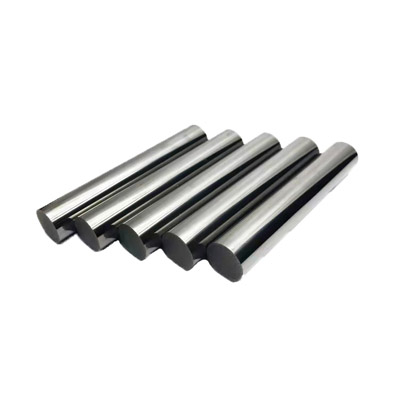 Monel K-500
Monel K-500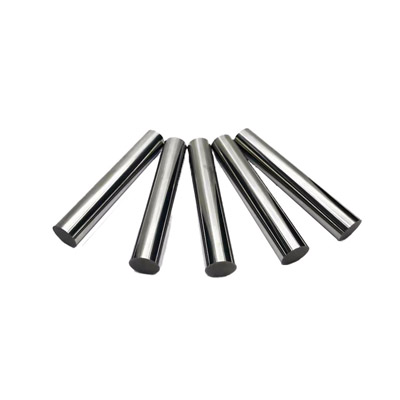 Monel 400
Monel 400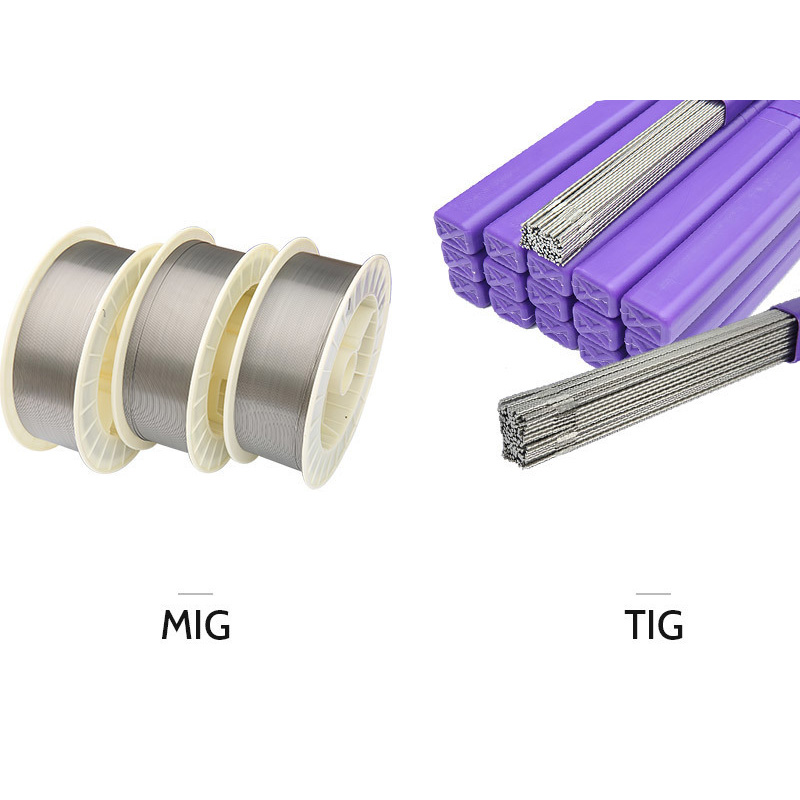 Nimonic 263
Nimonic 263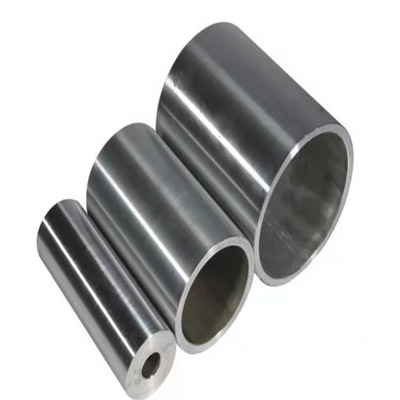 Nimonic 75
Nimonic 75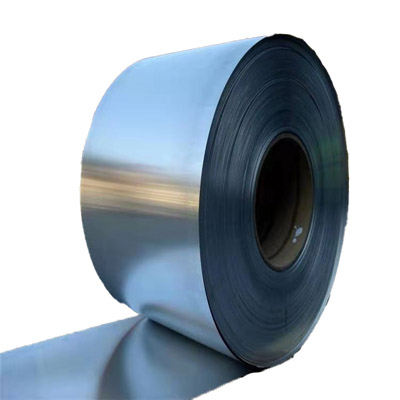 Nimonic 80A
Nimonic 80A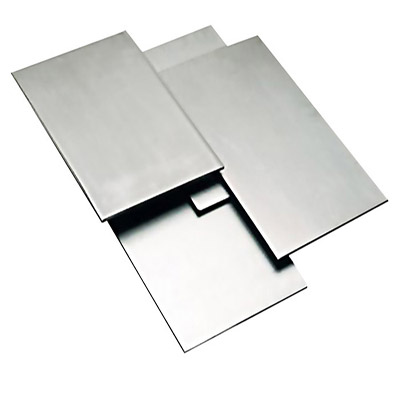 Nimonic 90
Nimonic 90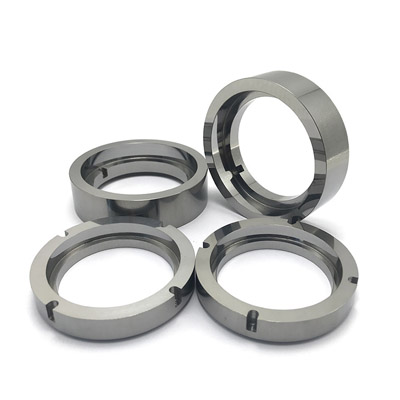 Nimonic PE11
Nimonic PE11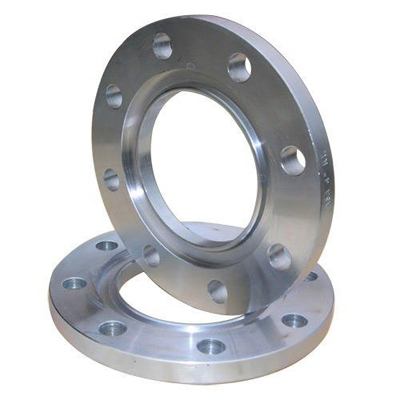 Nimonic PE16
Nimonic PE16 Nimonic PK33
Nimonic PK33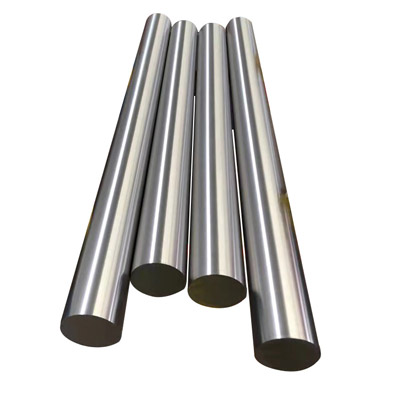 Nimonic 901
Nimonic 901 Nimonic 81
Nimonic 81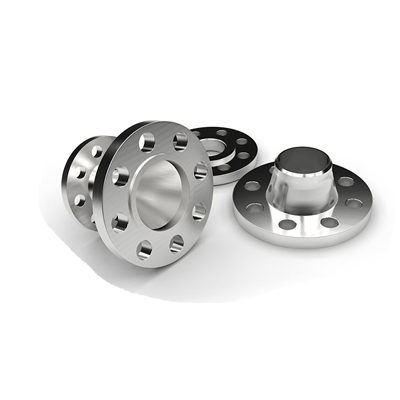 Nimonic 86
Nimonic 86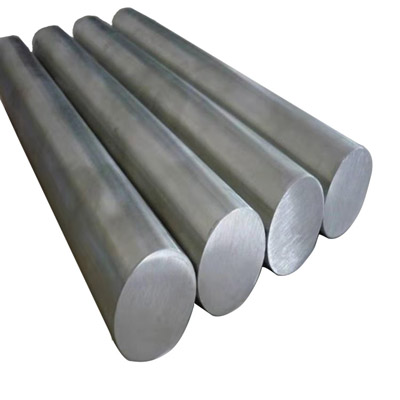 Nimonic 105
Nimonic 105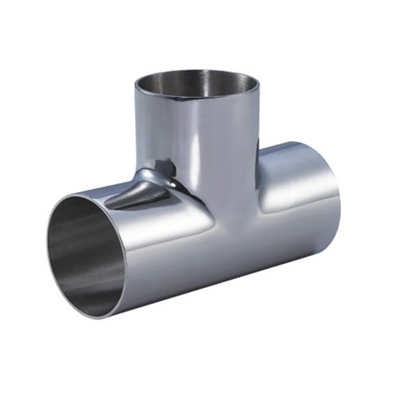 Nimonic 115
Nimonic 115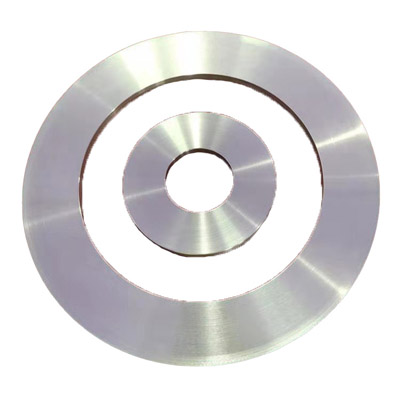 Hastelloy C-276
Hastelloy C-276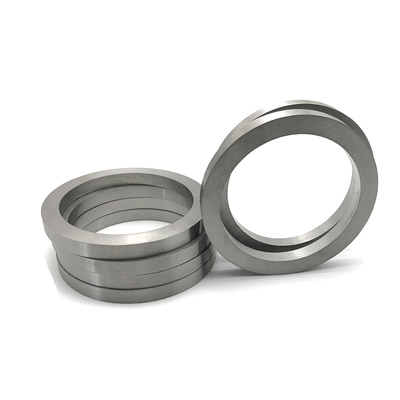 Hastelloy C
Hastelloy C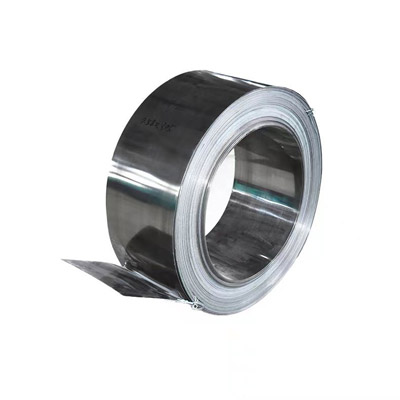 Hastelloy C4
Hastelloy C4 Hastelloy C-22
Hastelloy C-22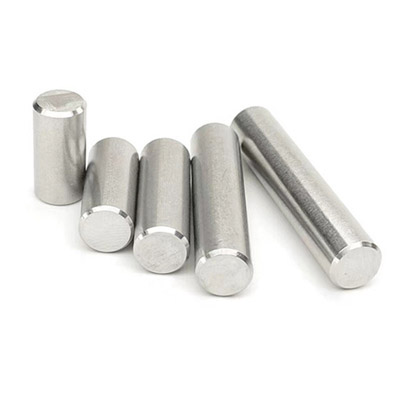 Hastelloy C-2000
Hastelloy C-2000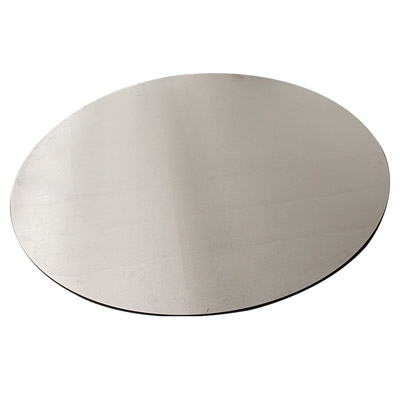 Hastelloy B-2
Hastelloy B-2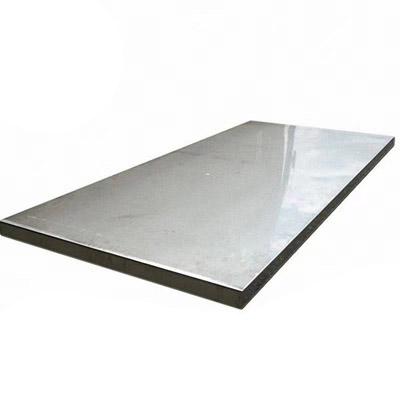 Hastelloy B-3
Hastelloy B-3 Hastelloy G30
Hastelloy G30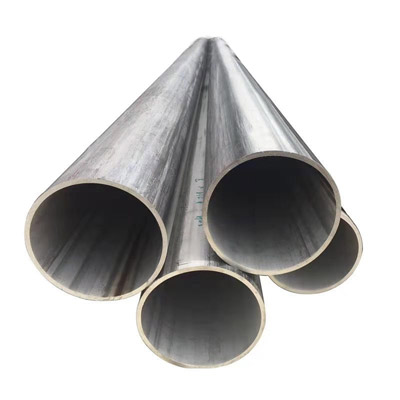 Hastelloy X
Hastelloy X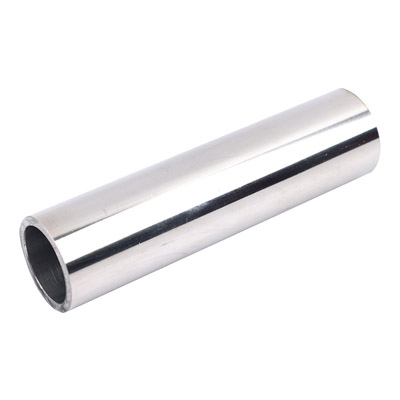 Super Invar 32-5(4J32)
Super Invar 32-5(4J32)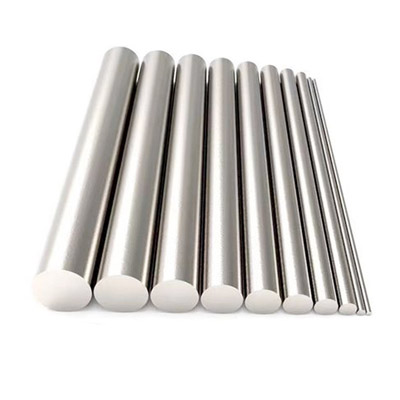 Alloy 36(4J36)
Alloy 36(4J36)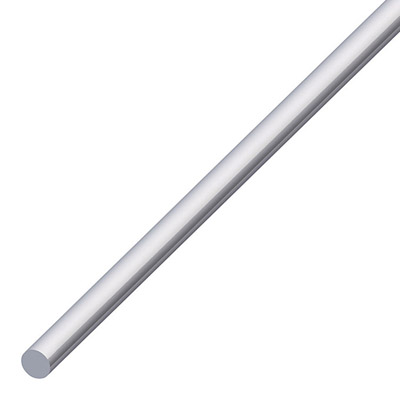 Alloy 42(4J42)
Alloy 42(4J42) Alloy 50(1J50)
Alloy 50(1J50) Hiperco 50(1J22)
Hiperco 50(1J22)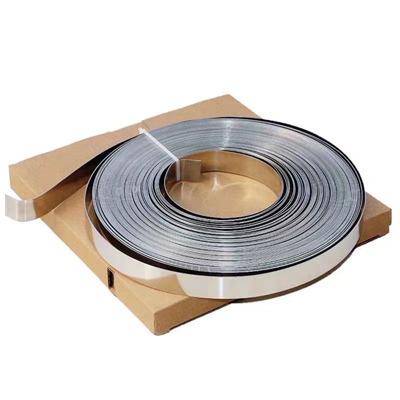 Alloy 46
Alloy 46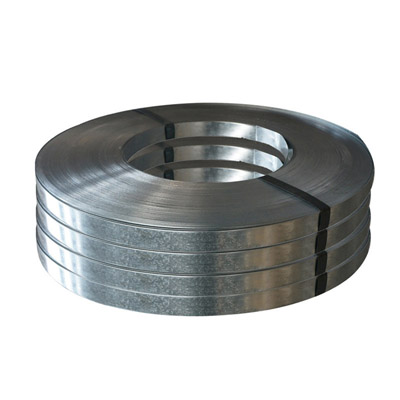 Permalloy (1J79)
Permalloy (1J79) Supermalloy(1J85)
Supermalloy(1J85)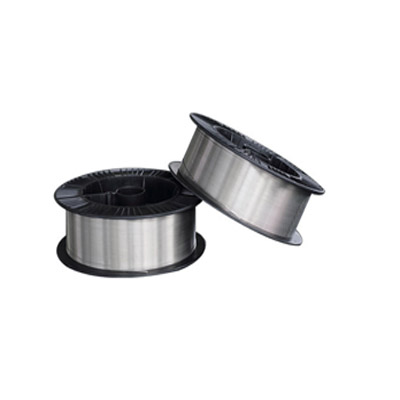 ERNiCrMo-2
ERNiCrMo-2 ERNiCrMo-3
ERNiCrMo-3 ERNiCrMo-4
ERNiCrMo-4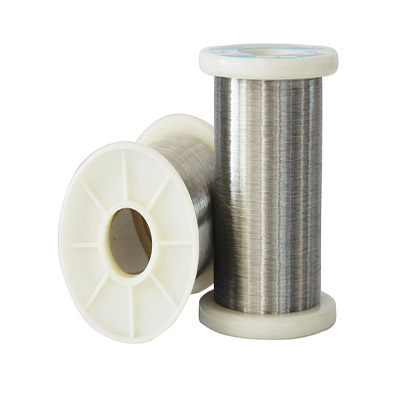 ERNiCrFe-7
ERNiCrFe-7 ERNiCrFe-7A
ERNiCrFe-7A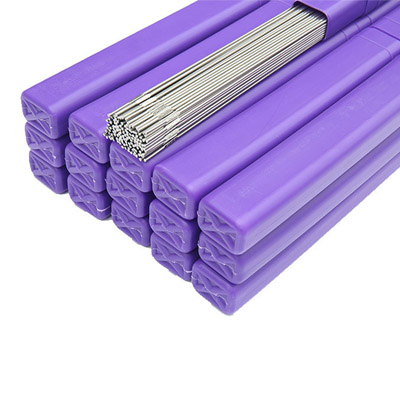 ERNiCrMo-10
ERNiCrMo-10 ERNiCrCoMo-1
ERNiCrCoMo-1 ERNiFeCr-2
ERNiFeCr-2 ERNiFeCr-1
ERNiFeCr-1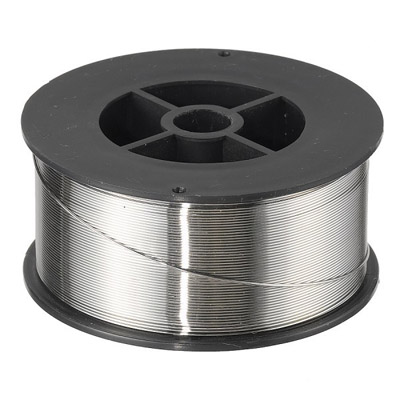 ERNiMo-8
ERNiMo-8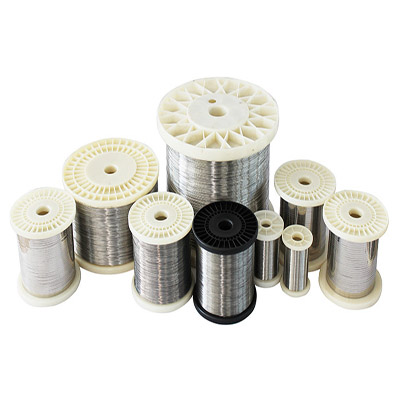 ERNiCrMo-13
ERNiCrMo-13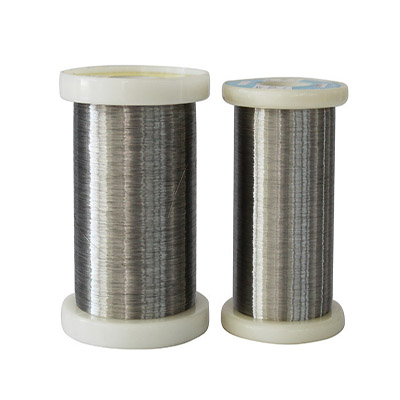 ERNiCr-4
ERNiCr-4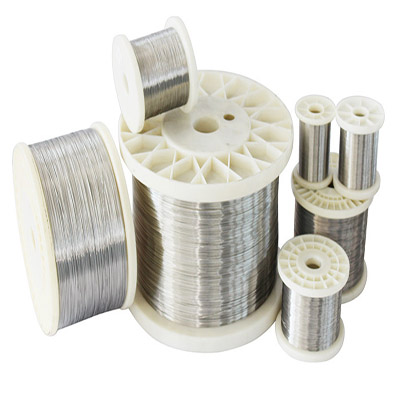 ERNiCr-3
ERNiCr-3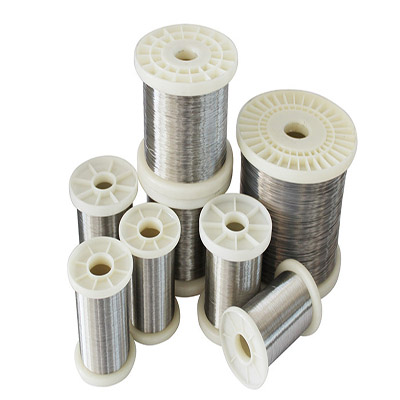 ERNi-1
ERNi-1 Haynes-25
Haynes-25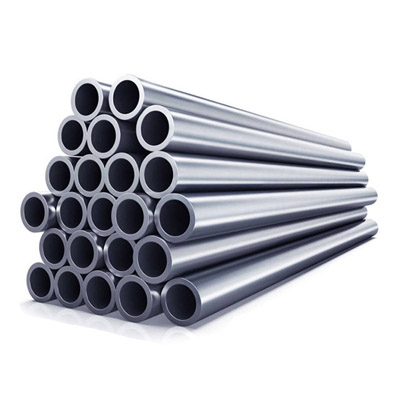 Hayness-188
Hayness-188 MP35N
MP35N Refractory 26
Refractory 26 Waspaloy alloy
Waspaloy alloy 17-4PH
17-4PH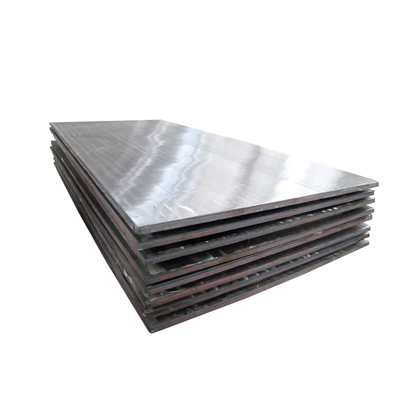 17-7PH
17-7PH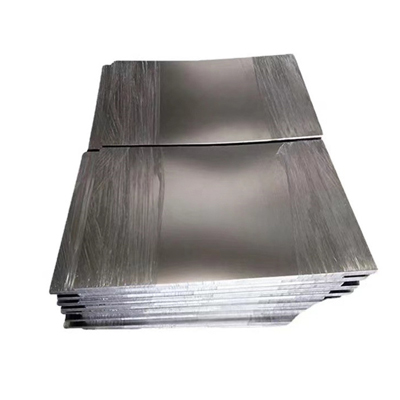 904L
904L Nitronic 50
Nitronic 50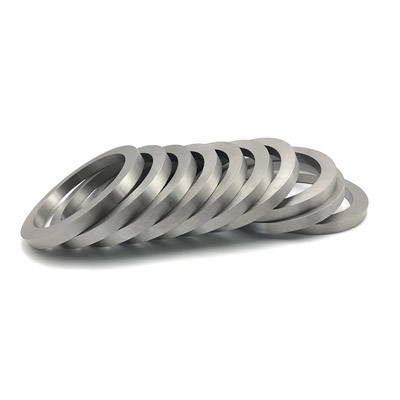 Nitronic 60
Nitronic 60 AL-6XN
AL-6XN F55
F55 PH 13-8
PH 13-8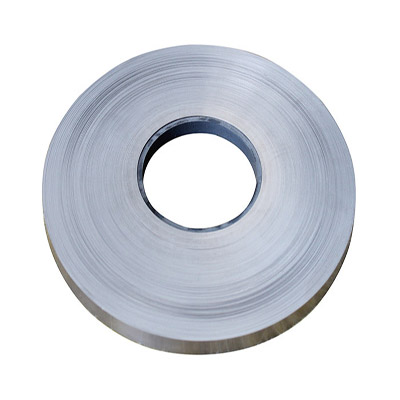 Haynes-230
Haynes-230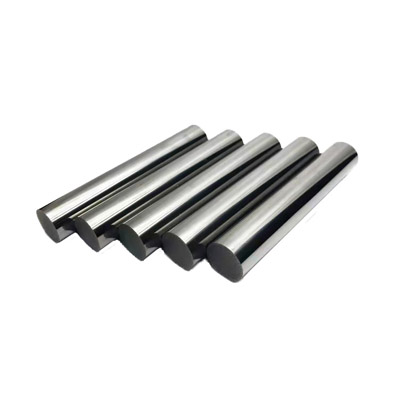 Nickel 200
Nickel 200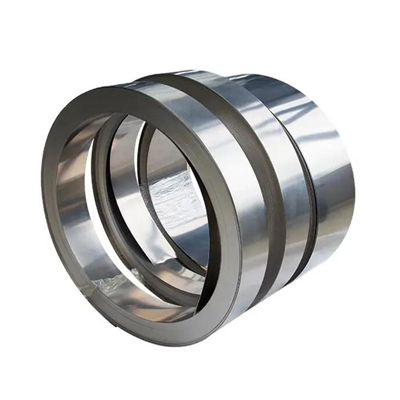 Cr20Ni80
Cr20Ni80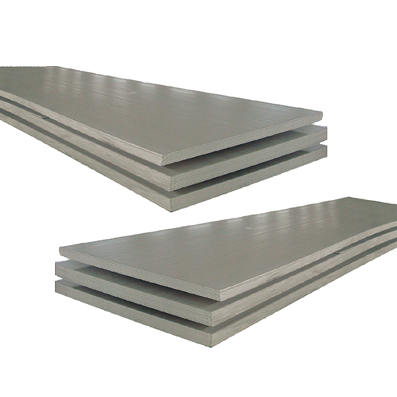 Sheet & Plate
Sheet & Plate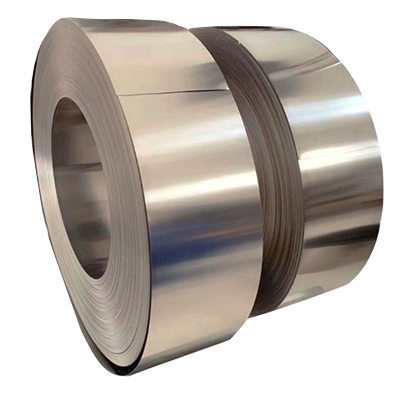 Strip & Foil
Strip & Foil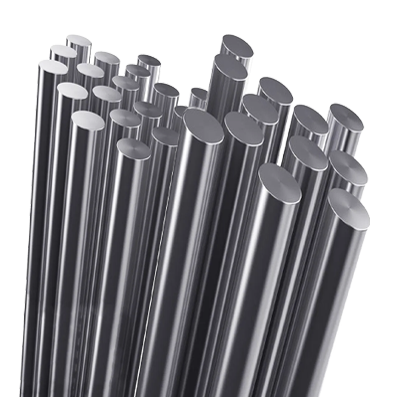 Bar & Rod
Bar & Rod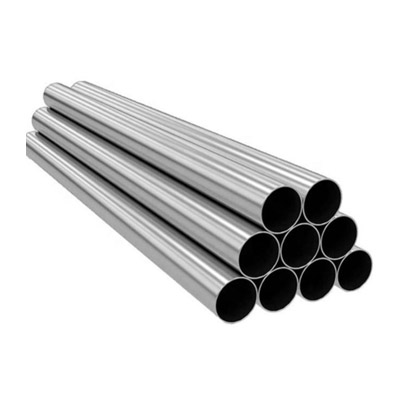 Pipe & Tube
Pipe & Tube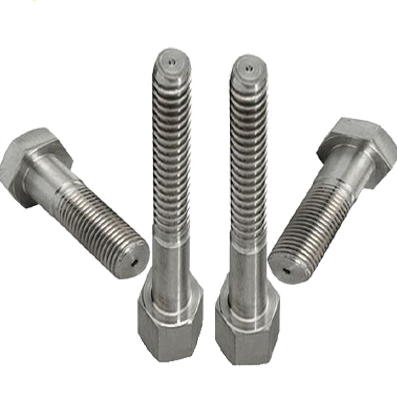 Bolts & Fasteners
Bolts & Fasteners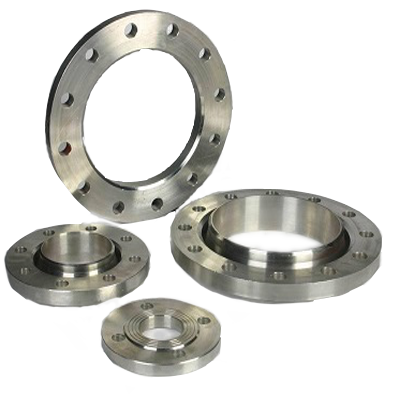 Flange & Ring
Flange & Ring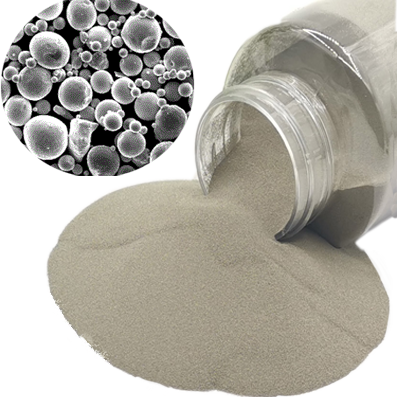 Nickel Alloy Powder
Nickel Alloy Powder

